🎨 How to Make a Rolling Tray with Resin: Your Complete DIY Guide (2025) ✨

Hey there, creative soul! 👋 Ever looked at those gorgeous resin rolling trays online and thought, "I could totally make that?" Well, guess what—you absolutely can! Making your own rolling tray with resin isn't just a fun weekend project; it's a chance to create something uniquely yours that'll be the star of your collection. Plus, you'll save some cash and have serious bragging rights. Let's dive into this colorful, creative journey together! 🎨
📋 Table of Contents
- Why Make a Resin Rolling Tray?
- What You'll Need (Complete Materials List)
- Cost Breakdown: Budget Your Project
- Safety First: Protect Yourself
- Step-by-Step Guide: Making Your Resin Rolling Tray
- Advanced Techniques for Next-Level Trays
- Troubleshooting Common Resin Problems
- Creative Design Ideas to Inspire You
- How to Care for Your Resin Rolling Tray
- Ready to Upgrade? Check Out Our Rolling Trays
- FAQ: Your Burning Questions Answered
Why Make a Resin Rolling Tray? 🤔
Look, you could buy a plain old tray from any shop, but where's the fun in that? Making your own custom rolling tray with resin gives you total creative freedom. We're talking swirls of color, embedded photos, glitter, dried flowers, or even tiny trinkets that tell your story. It's functional art that actually serves a purpose!
Here's why crafting your own resin tray is worth it:
- Personalization: Your design, your vibe, your rules. No two trays will ever be exactly alike.
- Durability: Epoxy resin is incredibly durable and water-resistant when fully cured.
- Conversation Starter: Everyone who sees it will ask, "Where'd you get that?" and you get to say, "I made it!" 😎
- Perfect Fit: Create exactly the size and shape you need for your space.
- Therapeutic: The process is genuinely relaxing and meditative (once you get the hang of it!).
- Gift-Worthy: These make incredible personalized gifts for friends.
What You'll Need (Complete Materials List) 🛠️
Before we get our hands dirty (well, gloved!), let's round up everything you need. Don't worry—most of this stuff is available at craft stores or online, and once you have it, you can make multiple trays!
Essential Supplies
- Epoxy resin (2-part: resin + hardener)
- Silicone rolling tray mold
- Disposable gloves (nitrile work best)
- Mixing cups (clear plastic)
- Wooden stir sticks or popsicle sticks
- Heat gun or torch (for bubbles)
- Level surface for curing
Colorants & Embellishments
- Resin pigment ink or dyes
- Mica powder (for shimmer)
- Alcohol inks (optional)
- Glitter, gold leaf flakes
- Dried flowers, leaves, or photos
- Decorative elements (stickers, charms)
Safety & Workspace
- Respirator mask or work in well-ventilated area
- Protective covering for workspace
- Paper towels
- Isopropyl alcohol (91%+)
- Acetone (for cleanup)
- Safety glasses (optional but recommended)
Optional Pro Upgrades
- Silicone mat for mixing
- Scale for precise measuring
- UV light (for certain resin types)
- Fine-grit sandpaper (800-2000)
- Polishing compound
- Dust cover or large box
Cost Breakdown: Budget Your Project 💰
Let's talk money, because nobody likes surprise expenses. Here's what you're looking at for a first-time project:
| Item | Estimated Cost | Notes |
|---|---|---|
| Epoxy Resin (16 oz kit) | $20-$35 | Enough for 2-3 trays |
| Silicone Mold | $8-$25 | Reusable for many projects |
| Colorants/Pigments | $10-$20 | Will last many projects |
| Gloves & Mixing Supplies | $5-$10 | Bulk buying saves money |
| Heat Gun | $15-$30 | One-time investment (or use torch) |
| Embellishments | $5-$20 | Totally optional, sky's the limit |
| Total First Project | $63-$140 | Future trays much cheaper! |
After your first tray, additional projects only cost about $8-$15 each since you already have the tools and most supplies! Compare that to buying custom rolling trays at $25-$60+ each. The math definitely works in your favor. 📊
Safety First: Protect Yourself ⚠️
Essential Safety Guidelines
- Ventilation is Non-Negotiable: Work in a well-ventilated area. Open windows, use fans, or work outside if possible. Some resins have strong fumes.
- Protect Your Skin: Always wear nitrile gloves. Latex can break down from resin. If you get resin on your skin, wash immediately with soap and water, then use vinegar if it's still sticky.
- Protect Your Workspace: Cover everything with plastic sheeting or a silicone mat. Resin is permanent once cured!
- Read Instructions: Different resin brands have different mixing ratios and cure times. Read the package every time.
- Keep Away from Food: Use separate tools for resin projects and cooking. Never use the same cups or sticks for food.
- Dispose Properly: Let leftover resin cure completely in the cup before throwing away. Don't pour liquid resin down the drain!
- Keep Pets and Kids Away: Both during mixing and while curing. The fumes and liquid resin aren't safe for them.
Step-by-Step Guide: Making Your Resin Rolling Tray 🎨
Alright, here's where the magic happens! Follow these steps carefully, and you'll have a stunning tray by tomorrow. Let's do this! 💪
1 Prepare Your Workspace
Set up in a level, ventilated area. Cover your work surface completely. Have all materials within arm's reach—once you mix resin, you're on the clock! The workspace temperature should be 70-75°F (21-24°C) for best results. Too cold and your resin will be thick and bubbly; too hot and it might cure too fast.
2 Prep Your Mold
Clean your silicone mold with soap and water, then dry completely. Any moisture will cause cloudiness in your resin. Some people spray the mold with mold release, but quality silicone molds don't usually need it. If you're adding decorative elements directly to the mold (like mica powder brushed on the sides), do that now.
Mold Decoration Ideas:
- Brush mica powder along the raised edges for a metallic rim effect
- Place dried flowers face-down in the mold (they'll show through the top)
- Arrange photos or stickers at the bottom (they'll be sealed in clear resin later)
3 Calculate and Measure Your Resin
This is crucial! Too little resin and your tray will be too thin; too much and you'll waste expensive material. To calculate volume:
- Length × Width × Depth = Volume (in cubic inches)
- Then convert to ounces (1 cubic inch ≈ 0.55 fluid ounces)
- Or fill your mold with water, pour into a measuring cup, and note the volume
Most resin is 1:1 ratio (equal parts resin and hardener), but check your specific brand. Use measuring cups or a scale for accuracy—eyeballing it doesn't work!
4 Mix Your Base Resin
Pour equal amounts of Part A (resin) and Part B (hardener) into a clean mixing cup. Stir slowly and deliberately for at least 2-3 minutes. Scrape the sides and bottom thoroughly. You'll see it go from cloudy to crystal clear when properly mixed.
After mixing, pour everything into a fresh cup and mix for another 30 seconds. This "double-pour" method ensures you don't have unmixed resin stuck to the first container's sides.
5 Add Colors and Pigments
Now the fun part! Divide your mixed resin into smaller cups if you want multiple colors. Add pigments drop by drop—a little goes a long way! Mix each color thoroughly.
Coloring Options:
- Opaque Colors: Resin pigment ink or mica powder for solid, vibrant colors
- Translucent Colors: Liquid resin dyes for a stained-glass effect
- Metallic Shimmer: Mica powder in gold, silver, copper
- Alcohol Inks: For swirly, unpredictable patterns (use sparingly!)
6 Pour into Your Mold
This is where your artistic vision comes to life! There are several pouring techniques:
Basic Pour Techniques:
- Dirty Pour: Layer colors in one cup, then pour in the center (creates cells and patterns)
- Puddle Pour: Pour one color, let it spread, add another on top
- Swirl Pour: Pour colors directly into mold in different spots, then gently swirl with a stick
- Layered Pour: Let one layer partially cure, then add another layer (creates depth)
Pour from a height of about 2-3 inches above the mold. Make sure resin fills all corners and edges. Tilt the mold gently if needed to help resin flow into corners.
7 Remove Air Bubbles
Bubbles are the enemy! 🫧 They'll appear on the surface and throughout your resin. Here's how to eliminate them:
- Heat Gun Method: Pass the heat gun 6-8 inches above the surface in quick sweeping motions. Don't hold it in one spot or you'll burn the resin!
- Torch Method: Quickly pass a kitchen torch over the surface. This is faster but requires a steady hand.
- Alcohol Spray: Lightly mist 91% isopropyl alcohol from a spray bottle. The surface tension breaks and bubbles pop.
Check for bubbles every 5-10 minutes during the first hour. New ones can rise to the surface as the resin starts to cure.
8 Add Embellishments (Optional)
If you want to add photos, stickers, glitter, or other elements, there are two approaches:
- Embed Now: While resin is still liquid, gently place items on top. They'll sink slightly and be sealed in.
- Add Between Layers: Let the first pour cure for 4-6 hours until tacky (not fully hard). Place items on top, then pour a clear layer over them. This gives better control over placement.
9 Cover and Let Cure
Cover your mold with a large box, plastic dome, or poster board to keep dust and debris out. Do NOT seal it airtight—resin needs air to cure properly. Place in a warm, undisturbed spot.
Curing Timeline:
- 4-8 hours: Tacky to the touch, can add layers
- 12-24 hours: Demolding time for most resins (check your brand)
- 48-72 hours: Fully cured and ready for use
10 Demold Your Tray
This is the moment of truth! 🎉 Carefully flex the silicone mold away from the edges. The tray should release easily. If it resists, wait another few hours.
Once removed, inspect your tray. The side that was in the mold will be glossy and smooth. The exposed top might have a slightly tacky or dull finish—this is normal!
11 Sand and Polish (If Needed)
If the top surface isn't perfectly smooth or has imperfections:
- Wet-sand with 800-grit sandpaper, then progress to 1000, 1500, and 2000-grit
- Always sand wet to prevent heat buildup and scratching
- Polish with automotive polishing compound and a soft cloth
- Buff to a high gloss shine
Or, apply a thin clear coat of resin over the top to seal everything and create that glossy finish!
12 Final Cure and Enjoy!
Let your tray cure fully for 72 hours before heavy use. Congratulations! You just made your own custom rolling tray! Time to show it off! 🎊
Advanced Techniques for Next-Level Trays 🚀
Ready to take your resin game to the next level? Here are some pro techniques that'll make your trays absolutely stunning:
Petri Dish Effect 🧫
Create organic, cell-like patterns using alcohol inks and white resin. Drop alcohol ink onto white resin, add a drop of clear resin, then use a heat gun or straw to blow the colors. The result looks like a microscope slide—absolutely mesmerizing!
Ocean Wave Design 🌊
Layer different shades of blue and white resin to mimic ocean waves. Add white resin along one edge and tilt the mold to create a "beach" effect. Sprinkle in some sand or tiny shells for realism. Some artists even add mica powder "waves" with a heat gun for extra dimension.
Geode Crystal Effect 💎
Use mica powders, glitter, and metallic leaf to create faux geode slices. Apply gold leaf around the edges, pour dark resin in the center, then add layers of color with crushed glass or chunky glitter. The result looks like an expensive agate stone!
Glow-in-the-Dark Magic ✨
Mix glow-in-the-dark powder into clear resin. Pour in patterns or constellations. Charge under bright light, turn off the lights, and boom—your tray glows! Perfect for night sessions. Pro tip: UV resin glows brighter than regular glow powder.
Holographic Illusion 🌈
Layer clear resin with iridescent cellophane or holographic film pieces. As light hits it from different angles, rainbow effects dance across the surface. Mind-blowing visual effect!
Pressed Flower Preservation 🌸
Press fresh flowers for 2-3 weeks until completely dry. Arrange in your mold, seal with a thin clear layer, let cure, then add final coat. The flowers stay vibrant and preserved forever—like capturing nature in time!
Photo Memories 📸
Print photos on regular paper (NOT glossy—it won't work!), seal them with clear resin in the mold, then add colored resin around them. Great for concert tickets, polaroids, or artwork. Your memories become functional art!
Troubleshooting Common Resin Problems 🔧
Even experienced resin artists run into issues. Here's how to fix the most common problems:
Causes: Incorrect mixing ratio, incomplete mixing, too cold temperature, or expired resin.
Solutions: If just the surface is tacky, it's probably due to humidity. Wipe with isopropyl alcohol and let cure longer. If the whole tray is sticky, the ratio was wrong—there's unfortunately no fix. You'll need to scrape it out and start over. Always measure precisely!
Causes: Stirring too vigorously, cold resin, porous embellishments, or high humidity.
Solutions: Warm your resin bottles in warm water before mixing (not hot!). Stir slowly. Use heat gun or torch immediately after pouring and again every 10 minutes for the first hour. For stubborn bubbles, lightly mist with 91% isopropyl alcohol.
Causes: UV exposure (yellowing), moisture in resin (cloudiness), or using old resin.
Solutions: For yellowing: Store resin trays away from direct sunlight. Use UV-resistant resin for items exposed to sun. For cloudiness: Make sure all materials are bone dry before adding to resin. Even a drop of water causes cloudiness.
Causes: Over-manipulating the resin, using too many colors, or colors that don't blend well.
Solutions: Less is more! Don't over-swirl. Choose 2-3 colors max. Pour and let the resin do its thing naturally. Use a color wheel to pick complementary colors (avoid opposites like red and green—they make brown!).
Causes: Resin not fully cured, poor quality mold, or damage to mold.
Solutions: Wait longer—at least 24 hours, preferably 48. Put the mold in the freezer for 10 minutes, then try again (temperature change helps). Gently flex the mold from all angles. If your mold has tears, it's time for a new one.
Causes: Items are too light, added too soon, or resin is too thin.
Solutions: Use the layering method: Let resin cure until tacky (4-6 hours), place items, secure with dots of resin if needed, then pour final layer. Heavy items sink; light items float. Plan accordingly!
Causes: Unlevel workspace, not enough resin, or moved tray while curing.
Solutions: Always use a level tool before pouring. Don't move tray once poured until fully cured. If the surface is uneven after curing, sand it flat and apply a thin top coat of clear resin.
Creative Design Ideas to Inspire You 💡
Stuck on what to create? Here are some killer design concepts to get your creative juices flowing:
Aesthetic Themes
🌌 Galaxy/Space Theme
Use deep blues, purples, blacks, and white with metallic silver or gold. Add fine glitter as "stars." Create planets with mica powder circles. Absolutely stunning and always a crowd-pleaser!
🔥 Fire and Ice
Split your tray down the middle—fiery reds, oranges, and golds on one side, icy blues and whites on the other. Where they meet in the middle creates a dramatic contrast. Add gold leaf along the center line for extra wow factor.
🌺 Tropical Paradise
Bright turquoise, coral, yellow, and green. Embed dried tropical flowers, palm leaves, or shells. Add gold flakes for beach sand effect. It's summer all year round with this design!
🍂 Autumn Forest
Deep burgundy, burnt orange, forest green, and gold. Press actual fall leaves and seal them in resin. Add brown mica powder for an earthy vibe. Perfect for the cozy season!
💀 Gothic Glam
Black resin base with blood-red accents, silver flakes, and black glitter. Add small skull charms or gothic imagery. Edgy and sophisticated.
🌸 Cherry Blossom Dreams
Soft pink, white, and touches of gold. Embed pressed cherry blossoms or other delicate flowers. Ultra-feminine and elegant—looks like fine art!
💎 Luxe Marble
White base with black, gold, or gray veining. Use alcohol inks or thin lines of dark resin to create marble patterns. Add gold leaf for luxury. High-end vibes!
🎮 Pop Culture
Create themed trays based on favorite movies, games, or shows. Print and seal logos, characters, or quotes. Add complementary colors around them. Geeky and personal!
Functional Design Additions
- Built-in Compartments: Place small containers in the mold before pouring for separated sections
- Magnet Strips: Embed thin magnets to hold metal tools in place
- Cork Bottom: Glue cork or felt to the bottom to protect furniture
- Custom Shape: Look for unique molds—hexagons, ovals, or even skull shapes!
How to Care for Your Resin Rolling Tray 🧼
You put all this work into creating something beautiful—now let's keep it that way! Resin is pretty low-maintenance, but follow these tips for longevity:
Daily Care
- Wipe Clean: Use a soft microfiber cloth slightly dampened with water. Dry immediately.
- Avoid Harsh Chemicals: No bleach, acetone (after it's cured), or abrasive cleaners. Stick to mild dish soap if needed.
- Empty After Use: Don't let materials sit on the tray for days—it makes cleaning harder.
Deep Cleaning
If your tray gets sticky residue or stubborn spots:
- Soak soft cloth in warm soapy water
- Gently wipe the tray—don't scrub hard
- For sticky spots, use isopropyl alcohol on a cloth
- Rinse with clean water and dry thoroughly
- Polish with a tiny amount of food-safe mineral oil for extra shine (optional)
Long-Term Maintenance
- UV Protection: Keep out of direct sunlight when not in use. UV rays cause yellowing over time, especially with cheaper resins.
- Heat Awareness: Don't use as a hot pad! Resin can withstand normal use, but extreme heat (200°F+) can soften or warp it.
- Storage: Store flat in a dry area. Don't stack heavy items on top—it can cause warping.
- Scratch Prevention: While resin is durable, keys, knives, and rough objects can scratch it. Be mindful of what you place on the surface.
- Re-polishing: If the surface gets dull over time, you can wet-sand with fine-grit paper and re-polish, or apply a thin fresh coat of clear resin.
Ready to Upgrade? Check Out Our Premium Rolling Trays! ✨
Look, we love the DIY spirit—there's something incredibly satisfying about creating your own masterpiece. But we also know that sometimes you want a professional-grade rolling tray without the mess, wait time, or learning curve. That's where we come in! 🎯
Our collection of premium rolling trays features:
- ✨ Expert craftsmanship – Every tray is manufactured with precision and quality control
- 🎨 Unique designs – Eye-catching artwork and styles you won't find anywhere else
- 💪 Durable materials – Built to last through countless sessions
- 📏 Perfect dimensions – Optimized sizes with raised edges to catch every bit
- 🧼 Easy to clean – Smooth, non-stick surfaces that wipe clean in seconds
- 🚚 Fast shipping – Get your tray delivered quickly with no hassle
- 🎁 Bulk options available – Perfect for gifts, events, or resale
Whether you're looking for a classic metal tray, a sleek bamboo design, or a custom-branded option for your business, we've got you covered. Our custom rolling trays can even be personalized with your logo, artwork, or brand message—perfect for businesses, events, or unforgettable gifts!
Want the best of both worlds? Make your own DIY resin tray for personal use and get one of our professionally-made trays for everyday reliability. Many of our customers keep their handmade pieces as display art and use our trays for regular sessions. Smart thinking! 🧠
🔥 Level Up Your Rolling Experience Today!
Why settle for a boring tray when you can have something exceptional? 🎯 Whether you're treating yourself or building your brand, we've got premium quality that speaks for itself.
- ✔️ Premium materials that last for years
- ✔️ Designs that turn heads
- ✔️ Perfect for personal use or gifting
- ✔️ Custom branding options available
📦 Bulk orders available | 🚚 Fast shipping | 🌟 Exceptional quality guaranteed
FAQ: Your Burning Questions Answered 🔥
The actual hands-on work takes about 30-60 minutes (prep, mixing, pouring). But the full process takes 24-72 hours because you need to wait for the resin to cure. Most people pour in the evening and demold the next day. Full curing takes about 3 days before the tray is ready for heavy use. So plan ahead if you need it for a specific date!
Use epoxy resin specifically designed for casting and crafts. Brands like ArtResin, Stone Coat, EasyCast, and FanAut work great. Avoid UV resin (cures too fast for this size), polyester resin (too stinky and brittle), or wood resin meant for bar tops. Look for "casting resin" or "art resin" on the label. The ratio should be 1:1 or 2:1 (always check the instructions!).
Resin is safe when used properly with good ventilation! Work near an open window or outside, wear gloves, and consider a respirator mask for extended projects. The fumes aren't toxic like paint thinner, but they can cause headaches if you're in a closed room. Once fully cured (72 hours), the tray is completely inert and safe to use. If you're pregnant or have respiratory issues, skip this project or have someone else do the mixing for you.
It depends on the issue! Surface imperfections can be sanded smooth with wet sandpaper (start with 800-grit, work up to 2000-grit), then polished. Dull finish? Apply a thin clear coat of fresh resin. Small bubbles or divots? Fill with clear resin. Sticky surface? Wipe with alcohol and let cure longer. Major flaws like wrong ratios causing persistent stickiness? Unfortunately, there's no fix—you'll need to start over. The good news is that most minor imperfections can be rescued!
Fresh flowers will definitely rot, turn brown, and look gross! You MUST use completely dried flowers. Press them in a heavy book for 2-3 weeks until they're paper-thin and bone dry. Even the slightest moisture will cause discoloration. Silica gel can speed up drying to about 3-5 days. Once properly dried and sealed in resin, they'll stay vibrant forever! Some flowers preserve better than others—pansies, roses, and baby's breath work beautifully.
Your first tray costs about $63-$140 including all supplies and tools. But here's the thing—you can reuse most of that! Your second tray only costs about $8-$15 (just resin and maybe new pigments). If you make 5+ trays, your per-tray cost drops to $10-$20, which is cheaper than quality store-bought ones at $25-$60+. Plus you can't put a price on having something totally unique! If you only want one tray and don't plan to make more, buying might be more economical. But if you enjoy crafting, the investment pays off quickly.
The sweet spot is 7-8 inches by 5-6 inches with 0.5-0.75 inch depth—big enough to work comfortably but not so huge it's cumbersome. To calculate resin needed: Length × Width × Depth (in inches) = cubic inches, then multiply by 0.55 to get fluid ounces. So an 8"×6"×0.5" tray needs about 13 oz of mixed resin. Most people make theirs slightly deeper (0.75-1 inch) for durability, which needs 20-26 oz. When in doubt, mix a bit extra—leftover resin can be poured into smaller molds to make coasters or keychains!
Final Thoughts: Time to Get Creative! 🎨
There you have it—everything you need to know about making your own stunning resin rolling tray! From gathering materials to advanced techniques, troubleshooting disasters, and keeping your creation looking fresh for years, you're now armed with pro-level knowledge. 💪
Remember, your first tray might not be perfect, and that's totally okay! Resin art is as much about the journey as the destination. Each tray you make teaches you something new. Maybe your colors bleed together, or you get a few bubbles—those "imperfections" often become happy accidents that make your piece unique. Embrace the process, learn from mistakes, and most importantly, have fun with it!
The beauty of DIY resin trays is that there are no rules—only guidelines. Once you master the basics, let your imagination run wild. Experiment with colors, try new techniques, incorporate meaningful items, and create something that tells YOUR story. Whether it's a galaxy masterpiece, a pressed flower garden, or a neon explosion of color, make it yours. 🌈
And hey, if the DIY life isn't for you or you need something professional-grade right away, you know where to find us. Our collection of premium custom rolling trays is always here when you need that instant upgrade. No judgment—we love both handmade and professionally-crafted pieces! ✨
Now stop reading and start creating! Your masterpiece awaits. Happy crafting, and may your resin always cure bubble-free! 🚀🎉
Got questions or want to share your creation? Drop a comment below or tag us on social media—we'd love to see what you make! 📸

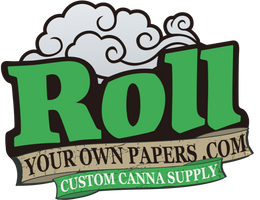
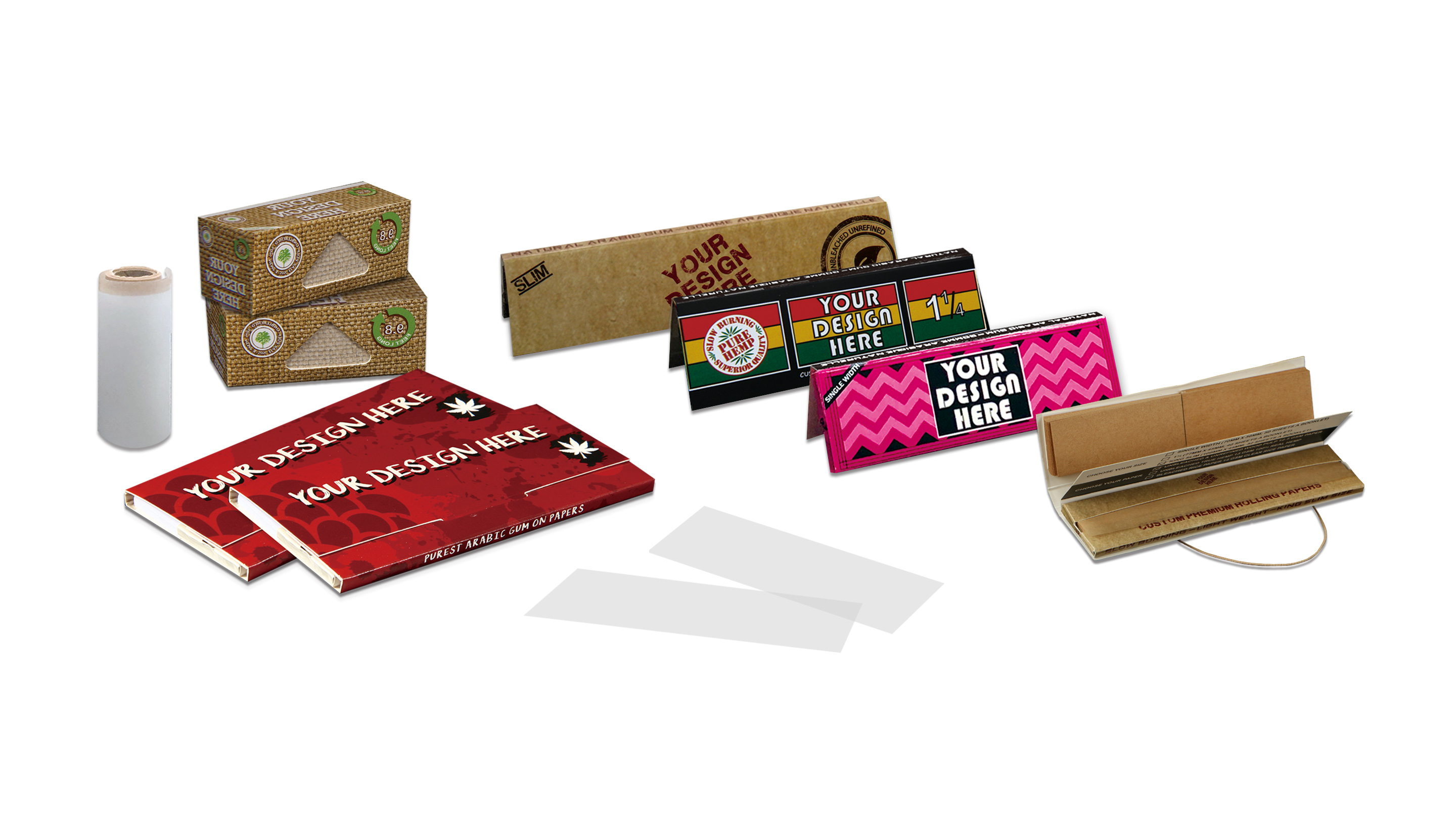
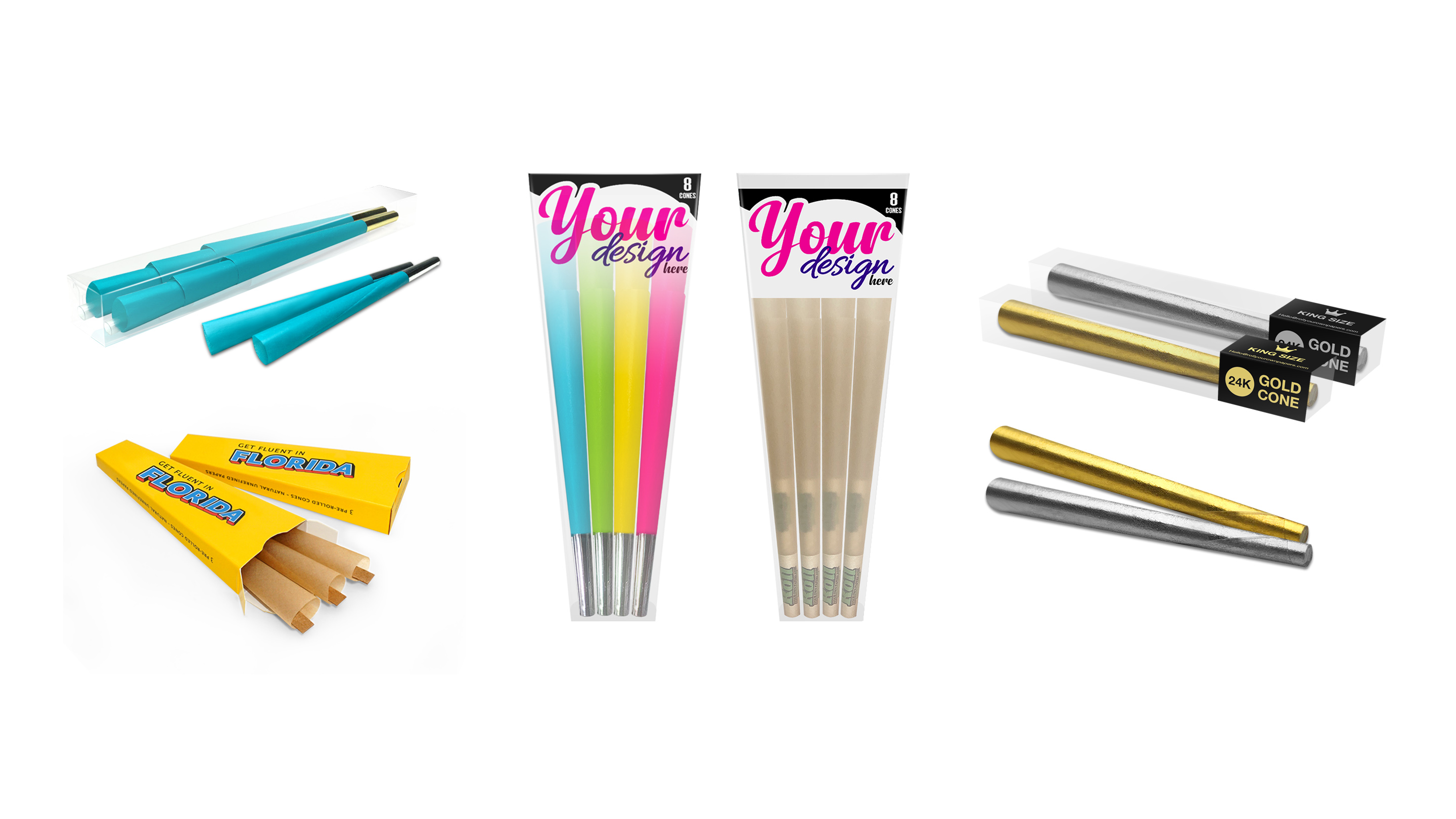
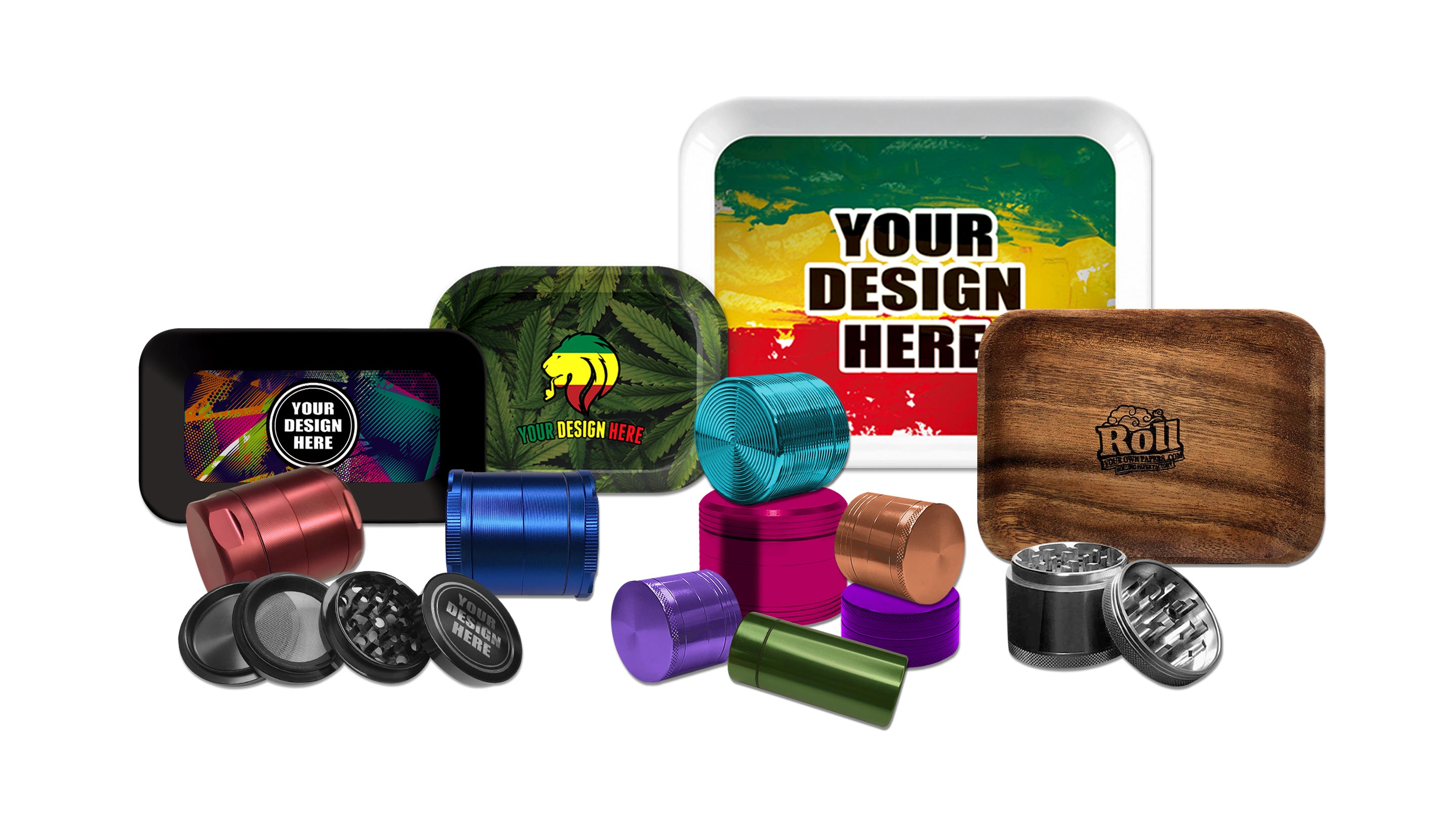
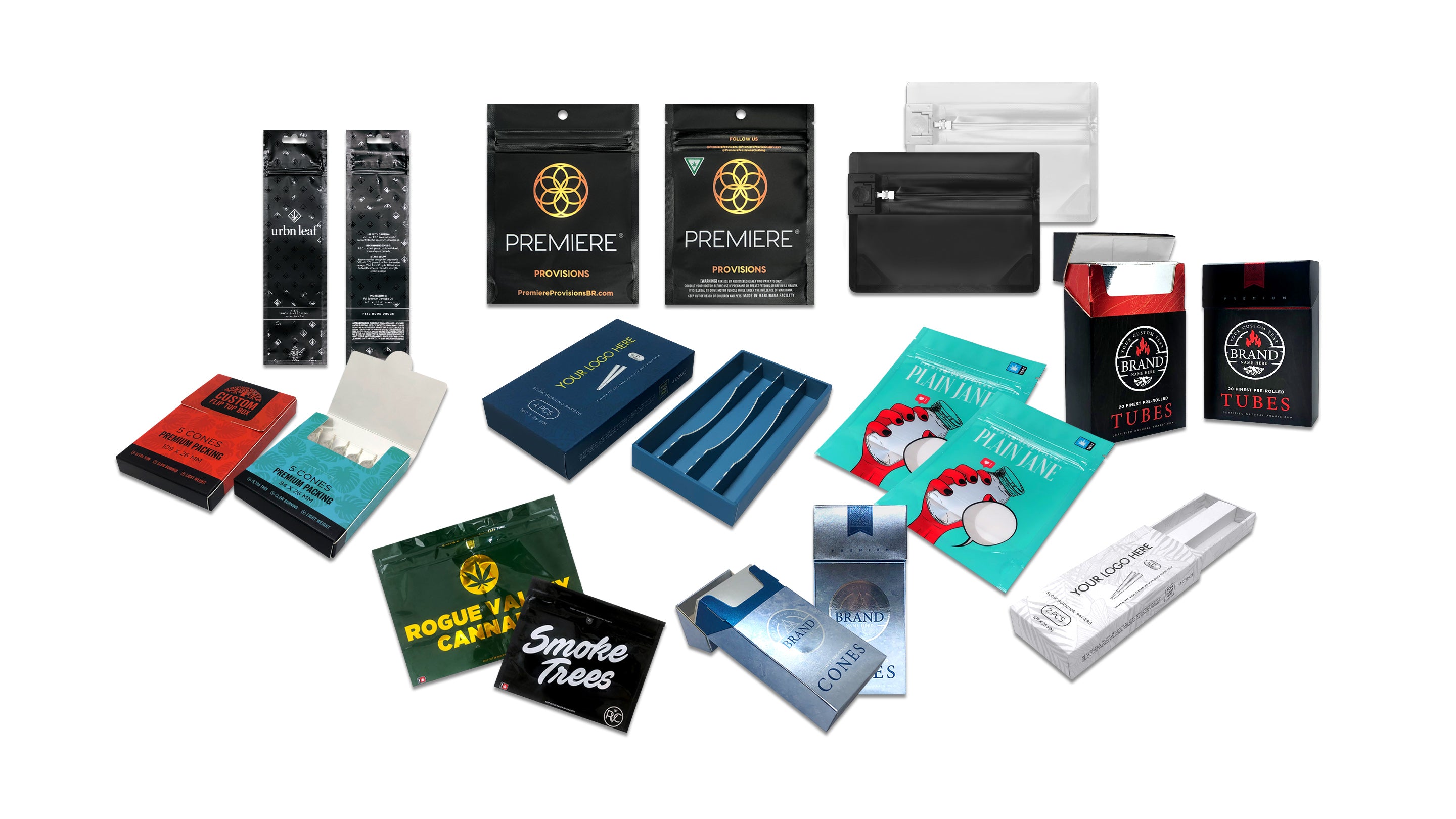
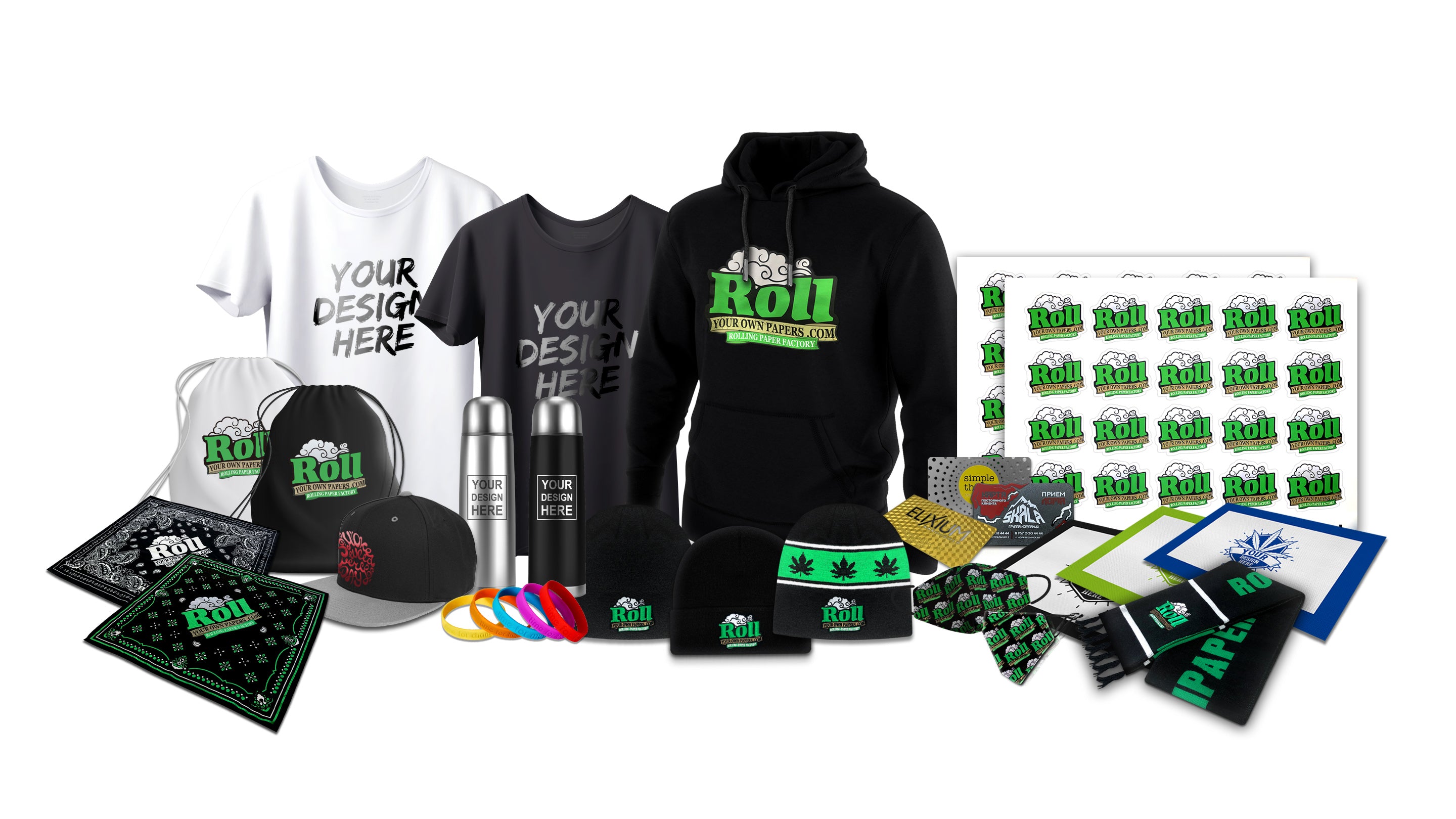
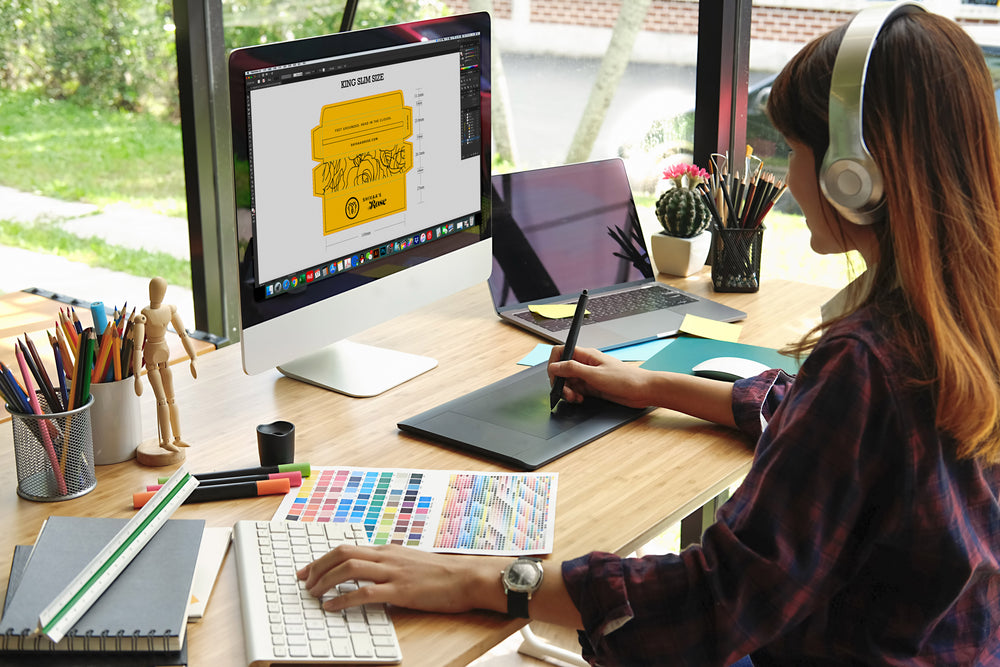
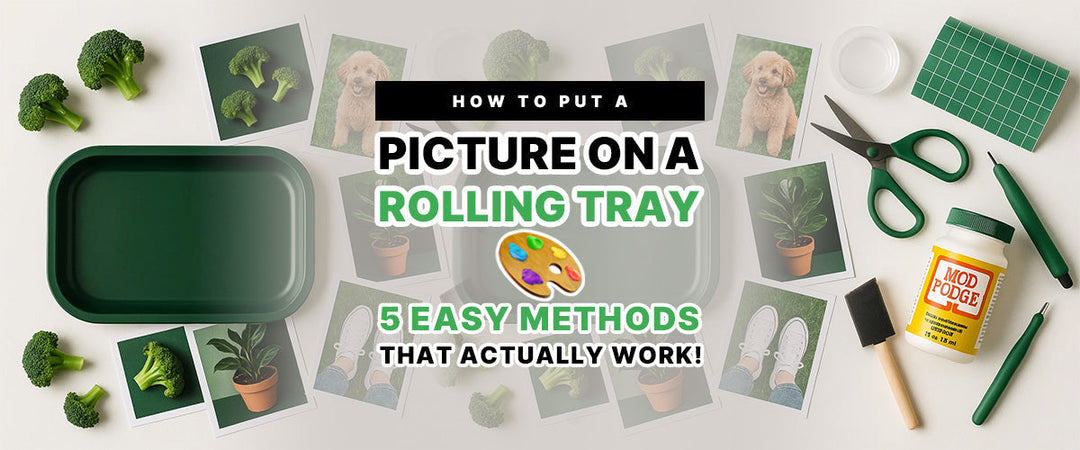
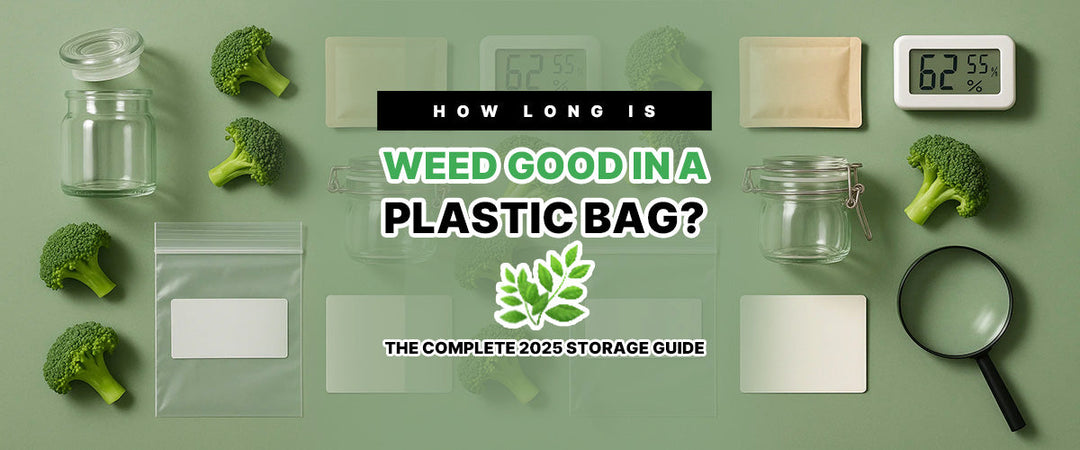
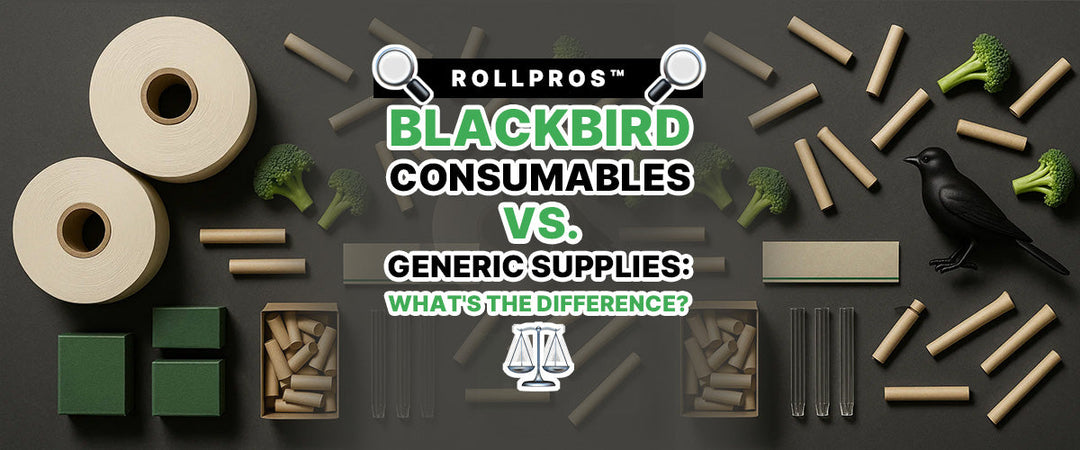
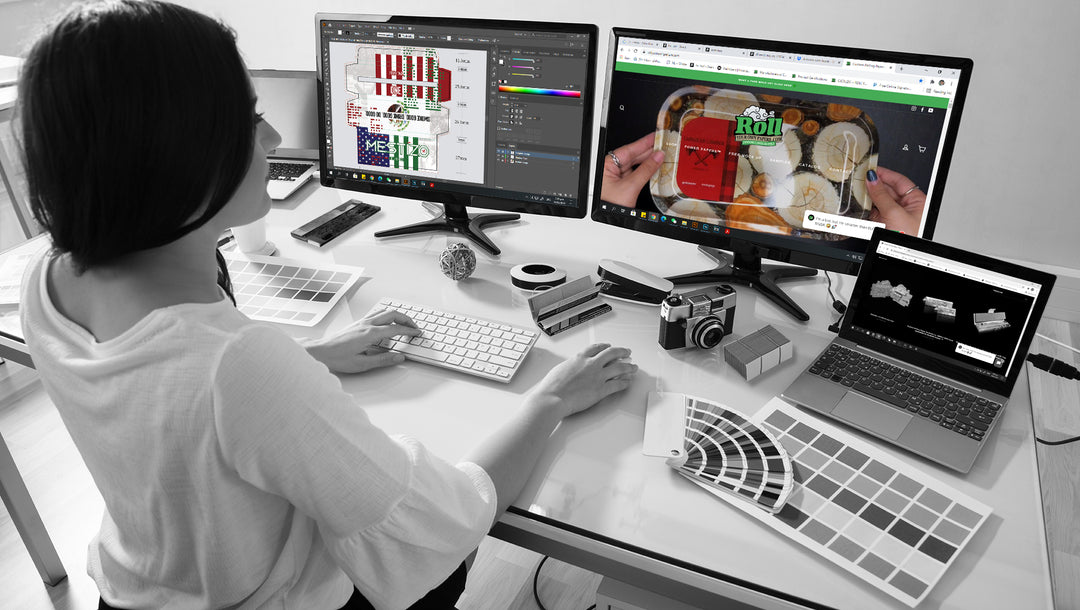


Leave a comment